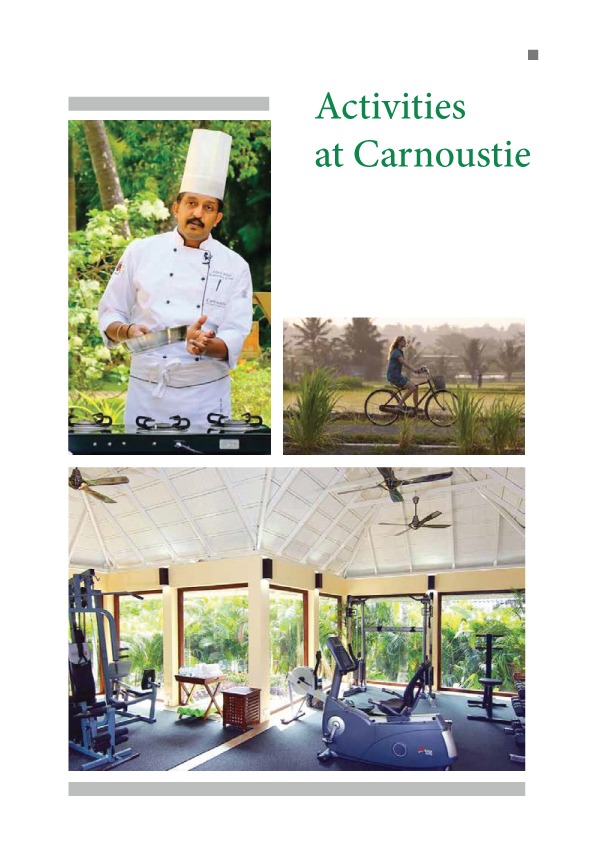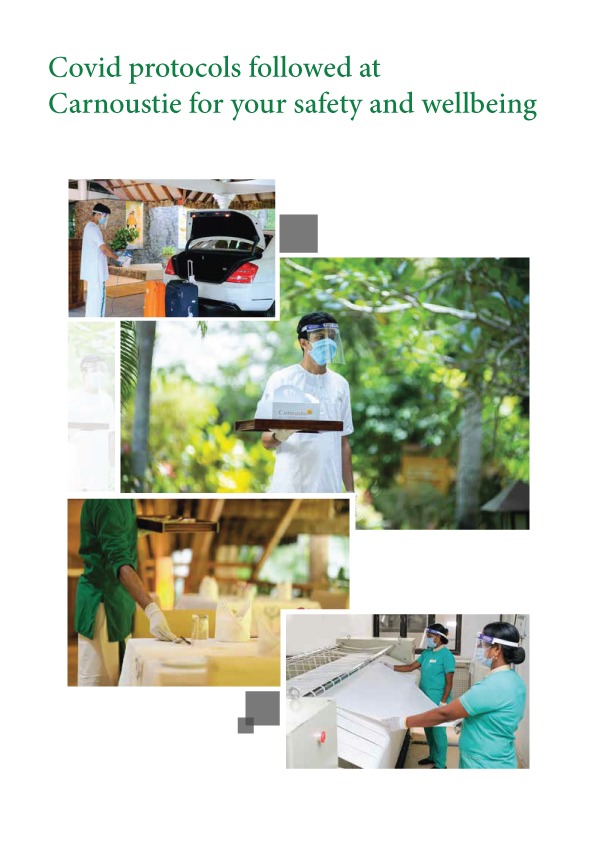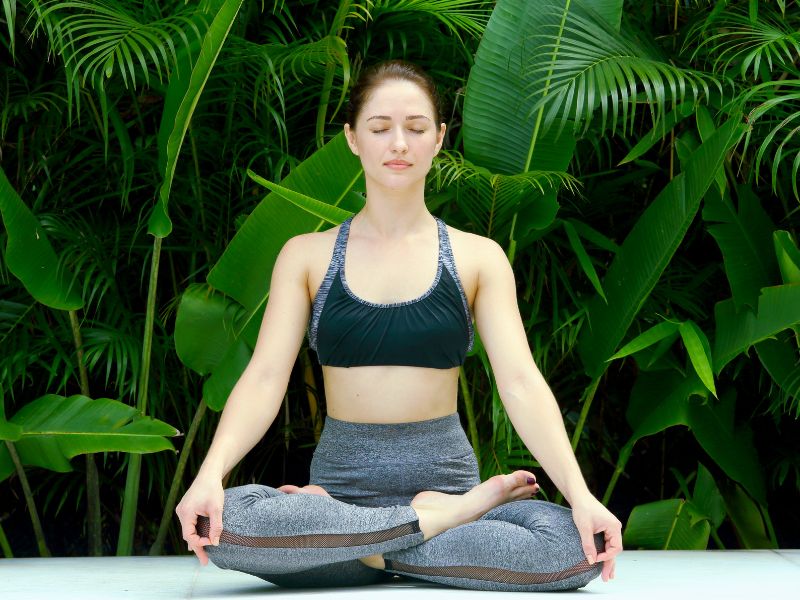
Brilliant Synery of Ayurveda and Yoga
A combined legacy of thousands of years for wellness of mind, body and soul
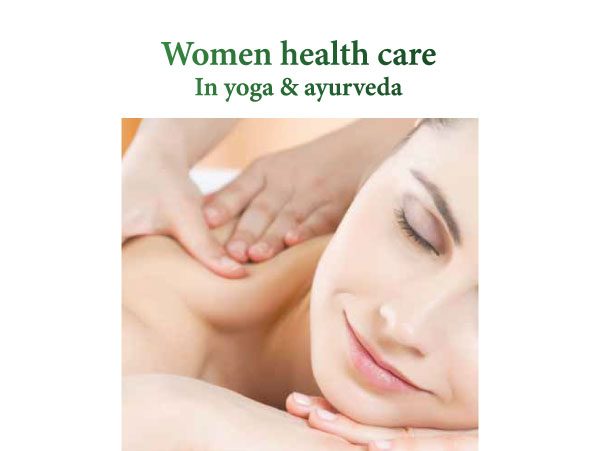
Women health carebIn yoga & ayurveda
In Ayurveda and yoga, the woman is considered to be "Shakti", the mother and source of creation in whose lap all of the civilization is cradled. Every woman goes through a series of profound changes during her lifetime. The primary changes are called menarche, pregnancy, postpartum and menopause. The part of Ayurveda which deals with woman's health is vast where it encapsulates the hormonal issues, prenatal and antenatal core, menopausal symptoms etc. The following are the major problems which can be addressed through proper Ayurvedic treatment:

Improper diet & Improper lifestyle
Menstruation is a natural process that is bound to happen & detoxifies our body. At this time, body needs extra nutritious diet to cover up the loss of blood from the body. Improper dietary habits makes you obese, very weak from inside, produce stress and more prone to infection or diseases. Lack of sleep contributes. to these problems to a great extent, All these factors make the reproductive system weak.
Lifestyle related DiseasesAuto-immune diseases, hypertension, hyperlipidaemia, diabetes, thyroid disorders & obesity are very common these days that leads to the hormonal imbalance & weakness inside the body which makes a women's body more prone to gynaecological disorders. Stress, Lack of exercise & less physical activity are the basic causes of the auto immune diseases.
Availability of poor quality milk, milk products & poultryExcess of oxytocin hormone present in diary and poultry causes contraction of uterus It also causes nausea & slow heart rate in the mother & serious diseases like water intoxication, allergies & uterus rupture
AGEPlays a big role in the hormonal change in ‘women, they face many changes in their specific body organs ,which sometimes creates health issues if proper care is not given. So, Ayurveda has some precious herbs and treatments which helps to balance the hormones, tone the uterus, nourish the skin, These herbs and ‘treatments keep the body in harmony.
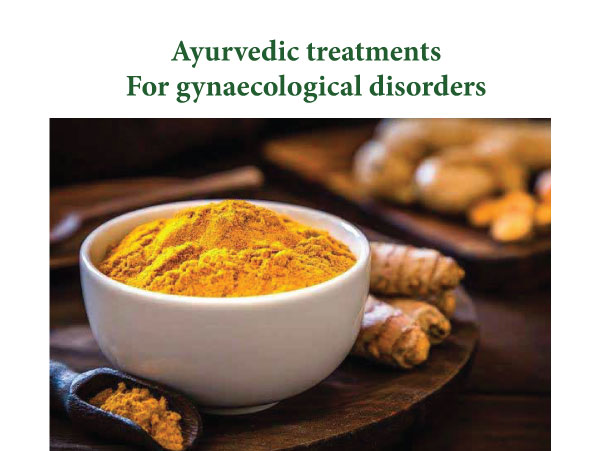
Ayurvedic treatments For gynaecological disorders
Approximately 99% of the gynaecological problems are curable except a very few like serious cancers or tumours.
Panchakarma is a combination of five procedures of purification- Vamana (Emesis), Virechana (Purgation), Niroohavasti (Decoction enema), Nasya (instillation of medicine through nostrils), and Anuvasanavasti (Oil enema). These procedures aim at treating the deep rooted imbalances in the body:These disorders/ailments can be treated by a combination of Panchakarma therapy, Assistive therapies , Diet and Nutrition following the right Diet as per Ayurveda principles and as per body type.
For better results Internal medication can be also given along with the other therapies.
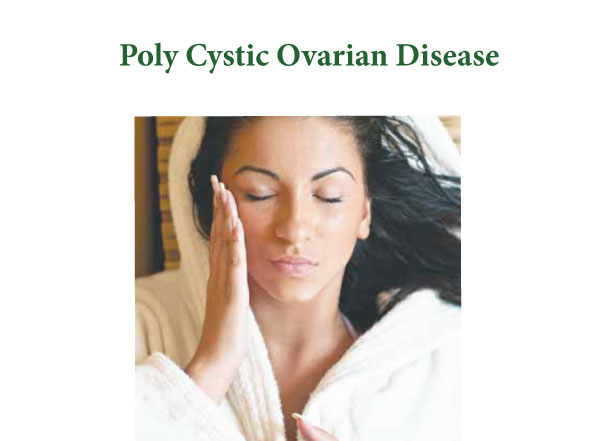
A lifestyle related disease - is a endocrine irregularity seen in women during reproductive time.
Symptoms:- Menstrual irregularities (Amenorrhoea / Oligomenorrhoea / Hypo menorrhoea)
- Obesity and blackish discoloration around neck, Axilla and inner thighs
- Increased hair growth (particularly facial hair)
- Acne
Major cause of infertility in women is PCOD.
Understanding the diseases on the basis of doshic predominance helps to treat the condition effectively with ayurvedic treatment modalities. Considering the prakruthi and clinical features present in each patient, it is necessary to form a line of management for each patient.
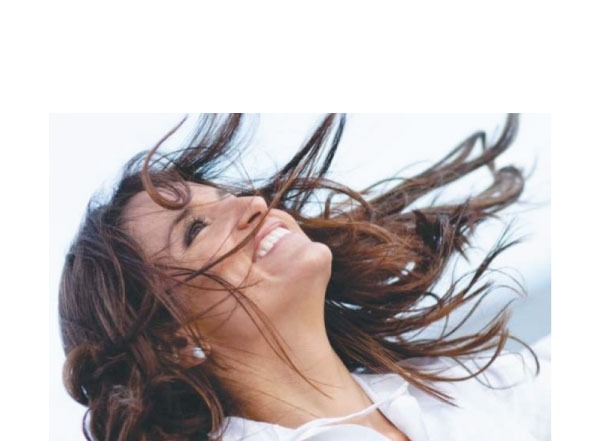
Ayurvedic Treatment for PCOD
- Shodhana (Panchakarma and assistive therapies)
- Shamana (palliative treatments to reduce discomfort and relieve symptoms)
- Turmeric.
Ayurvedic Herbs for PCOD
- Ashwagandha.
- Cinnamon.
- Turmeric.

Fibroids are muscular tumors that grow in the wall of the uterus (womb). Fibroids are almost benign (non cancerous). Not all women with fibroids have symptoms. Women who do have symptoms often find fibroids hard to live with. Some have pain and heavy menstrual bleeding causing immense discomfort Symptoms:
- Increased Urination
- Feeling Pain During Intercourse
- Getting Swelling of The Abdomen
- Enlargement Of The Abdomen
- Heavy Bleeding During Your Periods
- Experiencing Pain In The Pelvis
Pedunculated Fibroids
Submucosal Fibroids
Subserosal Fibroids

Ayurveda prespective on Uterine fibroids
- All above mentioned causes increase Kapha (biological energy responsible for ‘creating structures) production in body.
- This excessive Kapha weakens powers of Pitta(biological energy responsible for transformations)
- When this increased Kapha& weakened Pitta reaches reproductive system, the increased Kapha accelerates excessive smooth muscle production in uterus.
- Butbecause Pitta which is responsible for healthy transformations is weak, quality of this smooth muscleis not good.
- There is formation of fibrous tissue which is hard & of low quality. Smooth muscles involved in formation of fibroid are also very dense due to increased Kapha.
- Increased Kapha slows down egg production at ovary & weak pitta fails to rupture the gg on time. Asa result, the cysts start to develop inside the uterine muscles & these cysts are knownas Fibroids

Ayurveda Treatments for Gynaecological Disorders Panchakarma - The Master Therapy or The King of Detox
The Panchakarma is the most significant treatment for purification and detoxication in Ayurveda, Panchakarma encompasses ve therapies: the Vamana, Virechana, Nasya, Vasti, Raktha and the Mokshana. ‘These five therapies collectively help remove deep rooted stress and illness causing toxins from the body while balancing the three Doshas (energies that govern all biological functions). The treatment involves daily massages and oil baths, herbal enemas and nasal administrations. The panchakarma therapies are very effective for women's health care. The combination of panchakarma therapies and rejuvenation therapies provide the cure and relief for most of the gynaecological disorders.
The Ayurveda doctors at Carnoustie believe that wellness should focus on distinctiveness of the physical and mental attributes of an individual (Doshas) and believe that wellness cannot be "one fit forall" The Ayurveda treatments are based on the individual's unique genetic makeup, what they describe as the individual Dosha type. What follows is nota mere treatment regimen, buta mind - body-spiritexperience that is truly personal.
This emphasis on mind-body connection is the underlying principle of Panchakarma, It isa complete and profound mind-body healing experience. It aims to detoxify the body, improve digestion and enhance the immune system on one hand and revives inner harmony, promotes wellness, gives satisfaction and detoxifies the mind on the other. The therapists focus on getting a perfect understanding of the body constitution-prakriti" and the cause of ts imbalance. These causes could be lifestyle or dietrelated or maybe the side effect of excessive stress and a negative mental state.
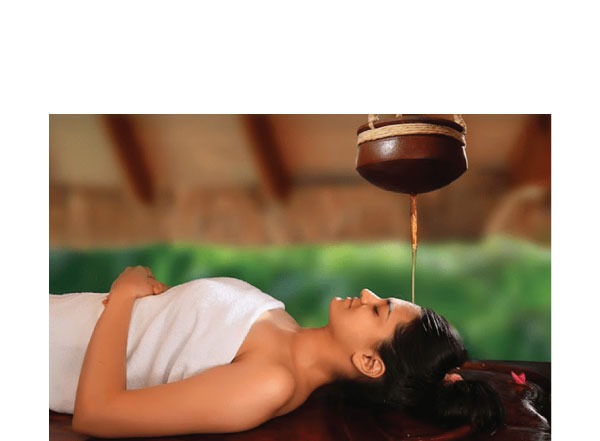
Panchakarma adopts a more holistic approach to the cleansing process as compared to modern medicine because it believes that no amount of cleaning or healing is possible till the mind is at ease. The brain controls the functioning of all out vital systems and when the brain is restless, it impacts their functioning. The maximum impact is felt by the digestive system that breaks down on account of stress. That is why panchakarma incorporates treatments and therapeutic massages that no only cleanse the systems but also calm the mind and reduces stress levels. The treatments aim at releasing both, physical and emotional stress stockpiled in the body. During and after the full panchakarma treatment, the body feels lighter and rejuvenated and the mind and spirit feel elated and calm.
- Snehapanam ...preparing for panchakarma
- Virechanam... clearing the toxins through the gastro tract
- Snehavasti... the master cleanser
- Kashayavasti... the herbal cleanser
- Nasyam.. detox through the nasal doorway to the brain
Rejuvenation Therapies
This is a unique therapy in the science of ayurveda. It keeps the body young and agile even after one has passed his/her youth. Charaka says this therapy extends one's lifespan by many years. It enhances one's energy and is known to have cured many ailments per taining to women's health. Most of the gynecological disorders can be cured by these ther apies. These therapies would be based on their body type ailment and health conditions. These therapies are also very effective for revitalizing your vital organs and restoring good health. It also increases the resistance of your body to various diseases.
The treatments would vary as they would use different types of oils and herbs based on the personalized approach.
Other benets of rejuvenation therapy are long life, increase in Memory, good health, Improved skin complexion and texture, modulated voice, calmness and resistance to disease. it helps to remove the impurities or toxins that cause deterioration of body functioning.
- Abhyangam- The greatest expression of Self-love
- Podikizhi- The rythmic way to rejuvenate and revitalize
- Elakizhi- Rejuvenate with fresh herbal / medicinal plants
- Shirodhara- Calming the "third eye" - gateway to higher consciousness
- Njavarakizhi- The miracle with rice pudding and herbs
- Pizhichil- The favourite of the erstwhile royalty
- Ksheera Dhara
- Shiro Pichu... soothing the brain
- Shiro Basti... treating the human roof
- Netra Tarpana... the rejuvenating eye bath
Significance of Marma Therapy in
Women Health Care
Marma Therapy is a special kind of healing that falls under the branch of Ayurveda that maintains or improves health by cleansing blocked energy. The word "Marma" in Sanskrit also means hidden or secret. Marma Therapy typically makes use of 107 doorways in the body and the mind is considered the 108 th doorway. Marma Therapy makes use of the 7 chakras which act as the energy centers. This therapy is used to treat an array of conditions with studies showing it has had a great impact on fertility. Marma Therapy helps in issues ranging from irregular menstruation, PCOS and related symptoms, difficulty in conceiving and so on.Recent studies have shown that Marma Therapy is very beneficial to improve reproductive functioning via targeted healing towards the ovaries.
- Marma Points for Uterine Fibroids
- Peral Marma
- Naviruppu Kaalam
- Punal Marmal
- Pozhi Marmal
- Neerpisi Marma
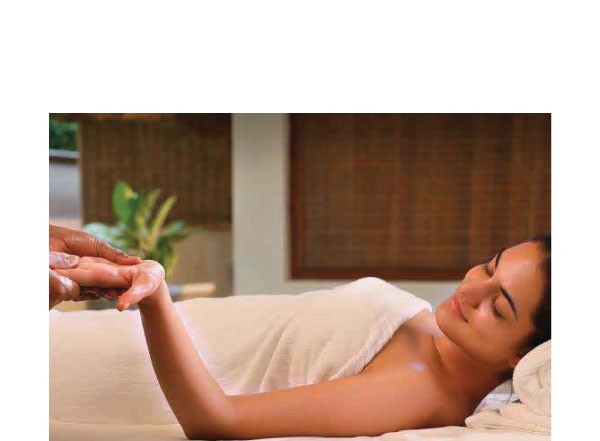
Marma Points for PCOD
- Basti Marma
- Vallurumi
- Kallidai Kaalam
- Sakthikooradangal
- Palla Marma
- Kudukkai Marma
- Patchiner
- Suronitha Marma
- Indriya Marma
- Mathymoodi Marma

Marma Points to Boost Immunity
To Boost Up the Body Energy
Marma Points for Energising Liver
Marma Points for Energising Lungs
Marma Points for Energising Kidney & spleen
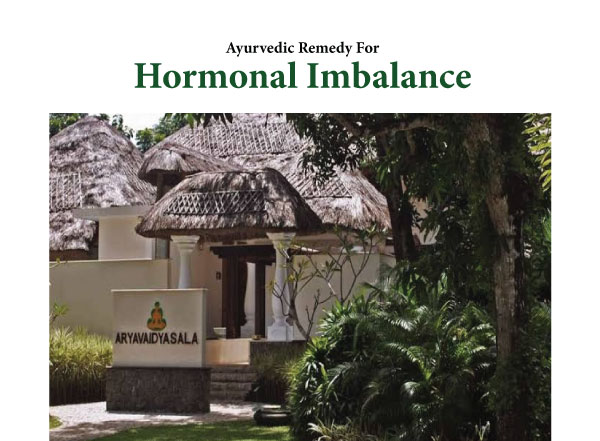
Endocrine balance is one of the imperative factors of health in both men and women. The prime concern of Ayurveda is alleviating both bodily and mental diseases and promoting both physical and psychological well-being. For this hormonal balance is inevitable.
Hormonal imbalance in women starts from the brain. A host of diseases such as acne, brain fog, disturbed sleep, fatigue, mood changes, lack of appetite, and obesity are due to the imbalance of cortisone, progesterone and estrogen hormones. The decrease of ‘oestrogen may cause head ache and vaginal dryness, The imbalance in the pineal gland affects the hormone melatonin and can lead to hydrocephalus, head ache, eye problems.
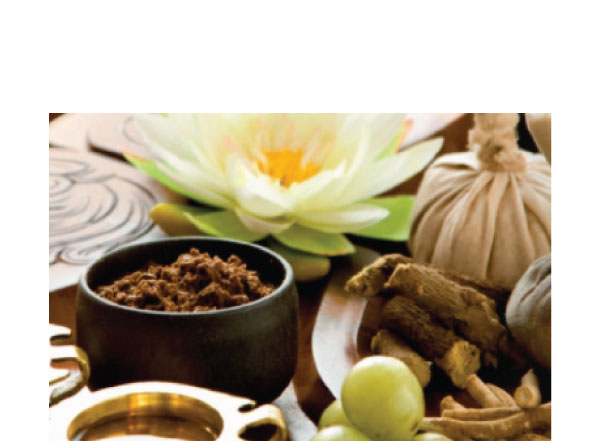
Pituitary, the master gland, located at the base of the brain produces prolactin hormone, growth hormone, TSH, LH, ACTH and FSH. Their imbalances can cause non-cancerous tumours. Parathyroid glands regulate hyperthyroid conditions. Pancreas helps in the digestion of protein, fats and carbohydrates. Insulin produced by the Islets of Langerhans regulates blood sugar.
Abnormal levels of testosterone, FSH, progesterone and prolactin may lead to infertility. Lower level of estrogen causes skin ageing and problems connected with menopause. Dropping of oestrogen can also have impact on brain leading to cognitient problems stress and psychosis
The best remedy in Ayurveda for hormonal imbalance is panchakarma, The five - fold purification therapy. It is the most important clinical procedure in Ayurveda. As a special form of radical cleansing treatment. It is the most effective method to eliminate excess “Doshas” from the body and to maintain hormonal balance.
Panchakarma is the crux of Ayurveda, a great practise to eliminate the root of the disease.
Panchakarma involves the purificatory practises. It consists of therapeutic enemas (Basti), Purgatives (Virechana), Emetics (Vamana), Nasal medications (Nasya) and Blood cleansing (Rakta moksha) to eliminate excess Doshas from the body. These follow a preparatory practise of oil massage (Snehana)and steam therapy(Swedana) to loosen up the toxins and bring them back to the digestive tract for their removal.
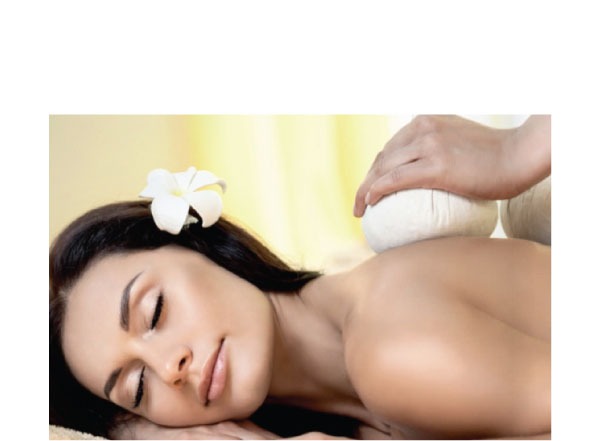
The harmony of the five functional divisions of Prana (Prana, Apana, Udana, Vyana and Samana) leads to hormonal balance. Purgatives increase Apana(Downward motion) to reduce pitta. Emisis stimulates udana to reduce kapha. Nasyam opens head to promote prana. Cleansing of the blood stimulate the flow of blood through Vyana to reduce pitta.Bastis or enemas calm Apana in order to calm vata. In this way panchakarma works on all five pranas.
Panchakarma radically removes toxins not only from the physical body but also from the subtle body. It has a powerful cleansing and rejuvenating effect upon the bones, muscles, nervous system, and endocrine glands. It prevents the toxins from accumulating.
Prana, tejas and ojas are the essential or beneficial forms of vata, pitta and kapha that sustain positive vitality. Unlike Doshas, which are factors of disease, they promote health, creativity, wellbeing and provide the support for hormonal balance.
Prana, the primal life- force is the subtle energy of air as the master force and guiding intelligence behind all psychological functions, responsible for coordination of breath, senses, and mind.
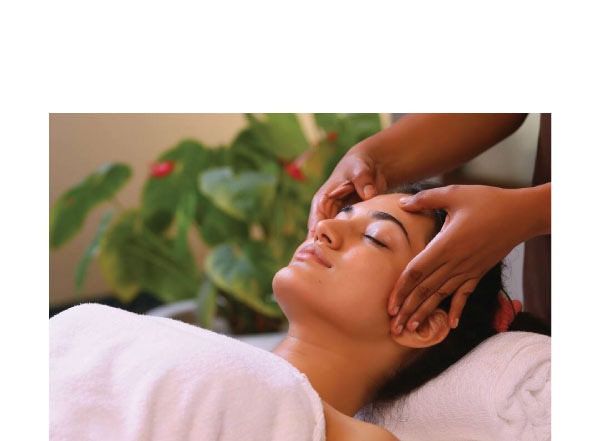
Tejas, the inner radiance is the subtle energy of air and fire, as the radiance of vitality through which we digest air, impressions, and thoughts
Ojas, the primal vigour is the subtle energy of water as stored-up vital reserve, the basis for physical and mental endurance, the internalised essence of digested food, water air, impressions and thoughts.
Prana, Tejas and Ojas are directly connected to the endocrine system. Prana governs equilibrium, adaptability and growth processes. The pineal and pituitary glands, which are the master controllers of growth and intelligence, are prana predominant. Tejas governs metabolism and digestion. Thyroid and pancreas functions are tejas predominant. Most deep -rooted metabolic problems are tejas in nature. Ojas governs reproduction and energy reserve and dominates in the testes,ovaries and adrenals. Most problems of the reproductive system are ojas related. Ojas also allows us to handle stress through sustaining adrenaline.
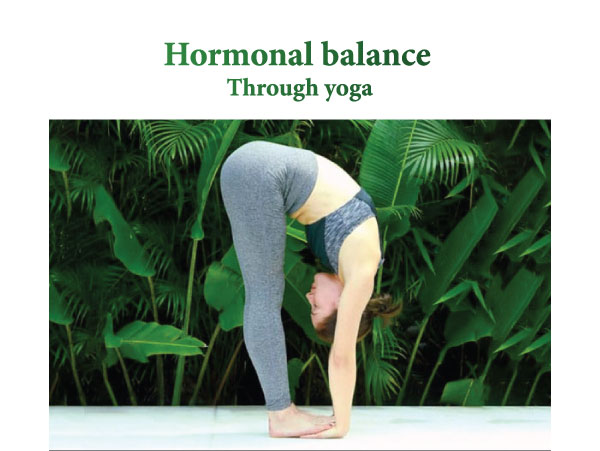
Hormonal balance Through yoga
Hormonesare the chemical messengers of the body. They are secreted into the blood by the endocrine glands. Hormones help to regulate the internal functioning of all the systems and organs of the body and promote the body to respond to stress. They also regulate growth and development and contribute to reproductive process. Pituitary, pineal, thyroid and parathyroid, thymus, pancreas, adrenals, gonads and ovary are the endocrine glands, also known as ductless glands. The nervous system, composed of the sense organs, brain, spinal cord and all the nerves works with the endocrine glands to monitorand maintain the integrated function of al the internal organs harmoniously.
Yoga aims at integrating and co-ordinating the functioning of al the systems and organs of the body, In yoga, by directing the mind to a specific region of the body or to the breath, the effect of a particular practice is increased. If one of the ‘chakras’ or psychic energy centres is used for concentration, it has direct effect on the endocrine gland connected with that chakra.
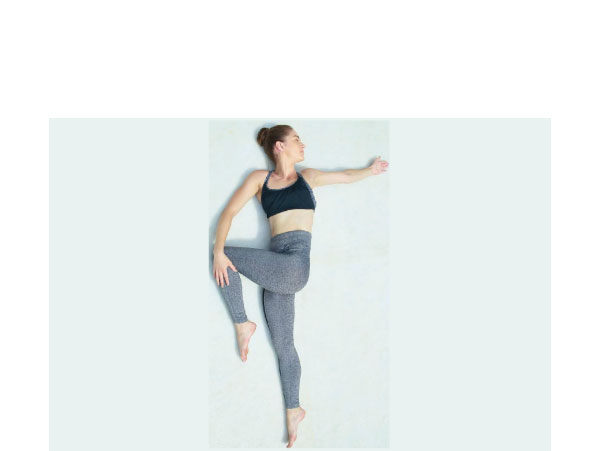
On the physical level the chakras are connected with the major nerve plexuses and the endocrine glands in the body. Many asanas have a particularly powerful and beneficial effect on one more of these glands and plexuses. For example, Sarvangasana exerts a strong pressure on the thyroid gland in the throat region which is associated with the Vishuddhi chakra.
Moreover, if concentration is directed to the chakra while performing the posture, the beneficial effects will be increased. It is like pouring water to the roots of a tree which will carry the nutrition to the trunk, branches, fruits, leaves and flowers Pituitary, the master gland and pineal gland are inside the head, connected to the crown chakra and third eye centre, Alternate nostril breathing, trataka, antar trataka and shambhavi mudra are helpful in activating these glands, thereby regulating the functioning of other glands.
Adrenals that rest on the top of the kidneys regulate re-absorption of sodium and water, promote normal metabolism and help to facilitate stress response. When the body is under stress, the adrenal glands produce effects similar to the sympathetic nervous system, These are controlled by ‘Manipura’ the navel chakra which is activated by "Uddiyana’,' nauli, ‘égnisara kriya! and forward and backward bending postures, They also help the pancreas to produce more Insulin in case of diabetes.
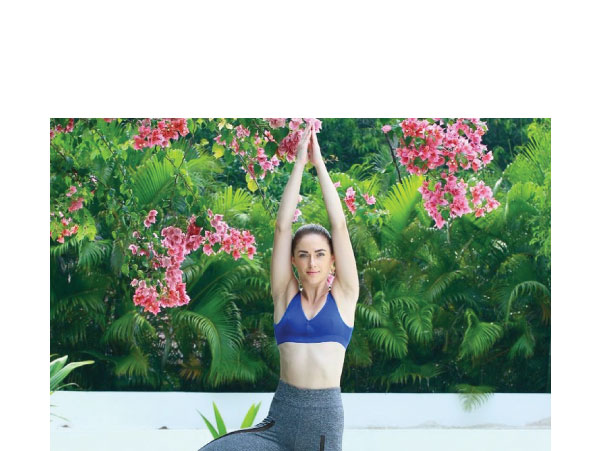
Gonads and ovary are regulated by all the standing postures. Most of the pranayama or breathing patterns are meant for purifying and strengthening the nervous system. relaxation and meditation bring in harmony among the endocrine glands resulting in hormonal balance and integrated functioning of the nervous system and endocrine system.
At Carnoustie, we prescribe the suitable practices after analyzing the physical and psychological requirements of the individual. Yoga is a discipline which is body-friendly and mind- friendly. Out of hundreds of practices, wisdom lies in selecting the right ones and practising them regularly.

Yoga Regimen For Women’s Health Yoga Therapy at Carnoustie for Gynecological disorders:
Yoga the ancient science of body-mind- emotion complex can play a substancial role in the health of women. Most of the gynaecological problems can be treated successfully through specific yoga practices. At Carnoustie , after examining the person , we recommend the suitable practices for any specific problem.
The female reproductive system is more complex than its male counterpart and therefore it is not surprising that it is subject to more frequent problems. The major organs and glands of the female system inside the pelvic cavity. Disturbances of the functions of reproductive system are extremely common and are a source of countinual suffering for many women throughout their lives. Urethritis Cystitis, Uterus prolapse , Menstrual disorders and PCOD are the common problems. All these can be treated successfully through Yoga therapy involving the following (Only inverted postures should be excluded during — menstrual period and after the sixth month of pregnancy).
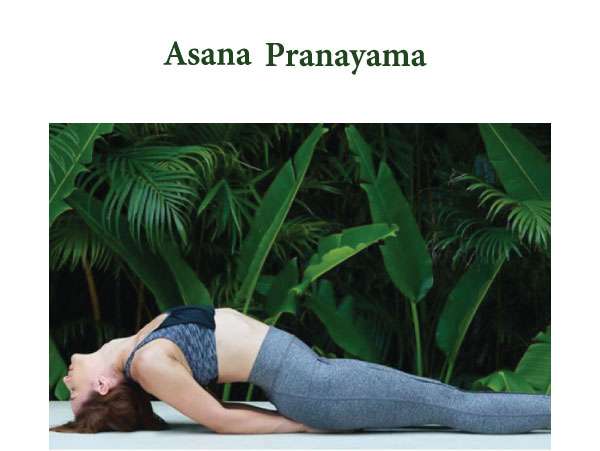
The shakthi bandha series of pavanamukthasana group is most effective in releasing blockages of energy in the pelvic region . After this the postures are performed very gently and slowly. They include Siddha yoni asana, Ushtrasana ,Mrjari asana, Shashankasana,Vajrasana, Supthavajrasana, Ardhasalabhasana, Salabhasana, Vakrasana, Matsyasana, Paschimothasana, Mtsyasana, Padahasthasana, and Greevasana (Particularly for late puberty and Leucorrhoea). Inverted asanas are particularly recommended as they promote drainage of the reproductive organs and enhance pituitary blood flow.
PranayamaNadishodhana, Ujjayi and Bhrahmarih are effective in case of headache migraine and mental tension in general. Pranayama removes psychic tensions and mental irritability. Bhastrika enhances vitality and eliminates toxins and is recommended in casesof Amenorthoea and Dysmenorrhoea.
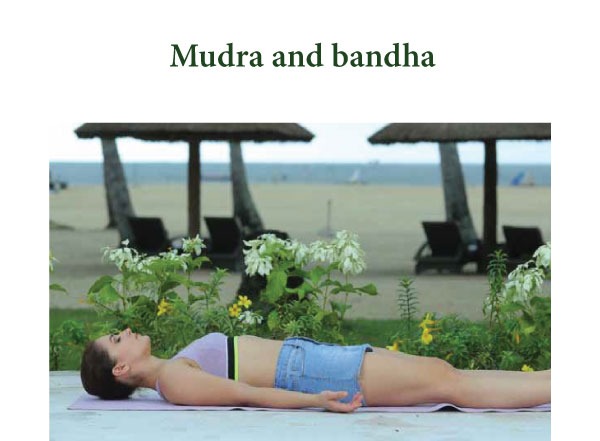
Vipareethakarnimudra,Pshnineemudra, Yoga mudra, Ashwini mudra, Moola bandha and Sahajoli generate vital energy in the reproductive organs. They will also stimulate the pelvic nerves and tone the sexual organs.
Shatkarma
Neti can be practised daily and Kunjakriya and LaghooShankhaprakshalana twice a week if possible.
Relaxation
Yoga Nidra is more important ,especially in the days of mounting premenstrual tension prior to the onset of menstrual period. It relieves mental tension moodiness, depression and heaviness.
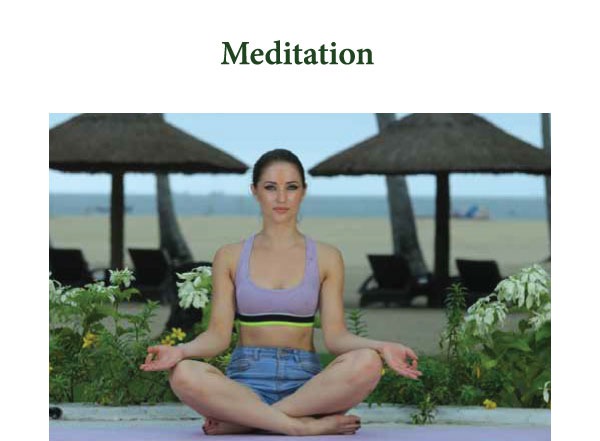
Japa,Antaramouna, Nadayoga or Chidakashadharana
Diet
A Wholesome vegetarian diet is the best for most modern women. Meat especially is found to increase menstrual pain,volume and duration. Fasting or taking a very light diet, free from spices,oils, meat and milk is particularly recommended in the days immediately preceding the period. The Yogic diet at carnoustie follows the Ayurveda principles and is as per their perfect Dosha.
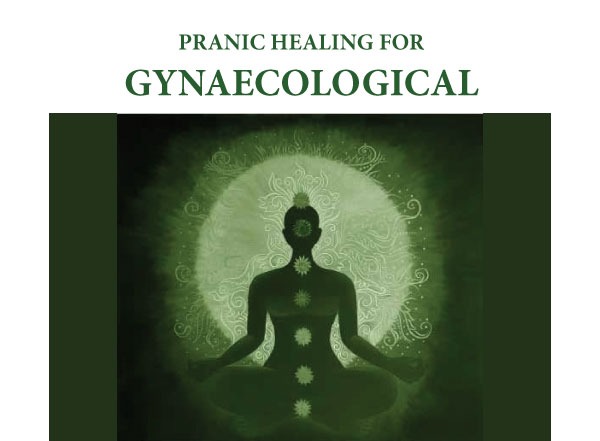
Pranic healing is based on the principle that disease originate in the energy body and manifests in the physical body .Any disturbance or negativity of the mind causes congestion or depletion of energy in the chakras, Which are the psychic energy cen ters in the astral body. Since the chakras control the functioning of the connected organs, the fluctuations in the channels of energy result in any kind of disease of the corresponding organs and systems.
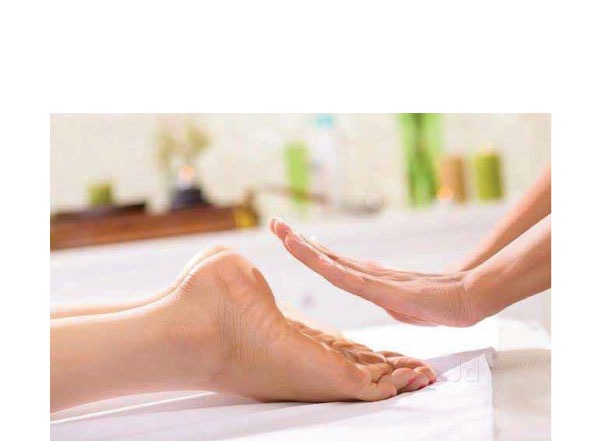
Since the female organs are more delicate and sensitive, women usually develop many disease like fibroid and PCOD. In pranic healing, the negative energy is removed through the process known as sweeping which is done in different modalities Then pure pranic energy passed to the whole bioplasmic body in general and to the affected part of the body in particular. This results in the proper functioning of the corresponding organs and systems
The actual number of the healing sessions depends on the nature of the problem. There won't be any side effects because of the healing. Any healing session will contribute towards positive good health.
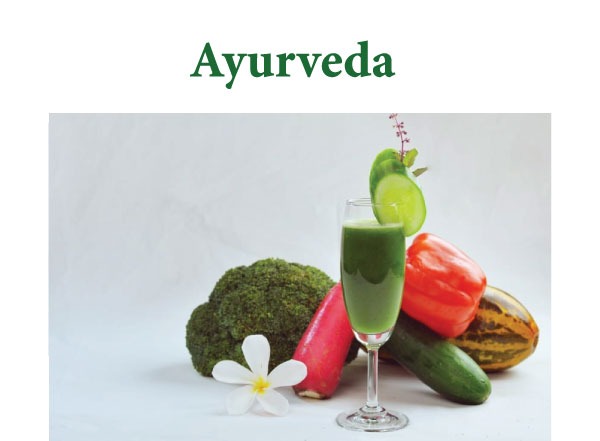
You are what you eat
It is a saying that is taken very seriously in Ayurveda. The name 'Ayurveda originates from the two Indian words; 'Ayur, meaning life, and "Veda' meaning knowledge or science.This oldest known 'Science of Life' stresses that our diet or' Ahara 'impacts both, our physical and emotional wellbeing and hence,is the first and foremost pillar of this science.
There is a 'sloka' (writings of the ancient texts of Ayurveda) that says "Food is medicine when consumed properly", and that improper diet produces toxin or 'ama' in the body which is the root cause of disease and ill-health. From the curative perspective, while diet alone may not be the cure for all diseases, its proper intake can keep ailments away and under control.

Theory of three Biological humors (thridoshas)
According to this theory, all matter in his universe is composed of five basic elements the Panchamahabhootha, namely Earth (Prithvi), Water (Jala), Fire (Agni), Air (Vayu) and Space (Akasha). These elements are the building blocks of our world and can be found in everything around us in varying proportions. They combine in unique ways to create different environments a wide variety of flora and fauna including human beings. These five elements also compose the food that we consume and hence their understanding is significant in making effective diet and nutrition plans.
The human body and all flora and fauna around us are composed of the five elements or Panchamahabhootas. Derived from this, Ayurveda identifies three different Doshas or body types that have these five elements in varying proportions.
Vata is made up of Vayu (air) and Akasha (space) mahabhootha Pitta is made up of Agni fire) and Jala (water) mahabhoothas.Kapha is made up of Jala (water) and Prithvi (Earth) mahabhootha.Every individual's body composition has a different proportion of vata, pitta and kapha elements and this impacts his/her physical, mental, and emotional traits.

The Doshas are biological energies that govern all physical and mental processes and provides every living being with an individual blueprint for health and achievement, They are found in the following three states.
Balanced - In this state, all the three Doshas are balanced in their natural proportion.
Aggravated - In this state, one particular Dosha is in excess and dominant.
Depleted - In this state one particular Dosha is present in less than normal proportion.
Of the three, the aggravated state is the worst and leads to imbalance and diseases. An aggravated dosha state can be the result of an imbalanced diet or stressful lifestyle. Ayurveda offers a personalized solution for each type or body condition which is very different from the western mode's 'one pill for all' approach. If detected on time, imbalanced Doshsa can be cured by making alterations in diet and lifestyle.It is important to note that each Dosha type has its own specific dietary and lifestyle recommendations to keep it balanced and for this apparent reason, Ayurveda does not believe in a universal diet for all. Every individual should consume a diet compatible with his/her predominant biological humors/ doshas, to keep them in a state of equilibrium in different seasons. This is both a preventive and curative approach to optimal health.
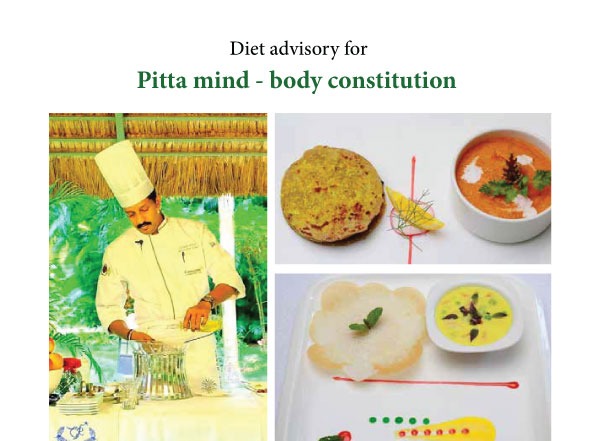
- Should eat cool or warm food and avoid steaming hot dishes.
- Should favour bitter, sweet, and astringent tastes.
- Avoid excess butter and other saturated fats.
- Although the pitta type has good digestion, they should avoid the temptation to overeat,and consume excess salt and spicy food.
- Pittas should take lots of salads but avoid sour cream or vinegar-based salad dressings. They should use more of lime.
- Cold milk and ice creams are good for the pitta type.
- Avoid pickles and fermented food.
- Avoid alcohol.
- Avoid coffee. Have herbal teas particularly, mint and licorice.
- Prefer cereals with cold milk for breakfast. Avoid white flour at all costs.
- Avoid red meats. Vegetarianism should be favoured.
- Avoid fried oily, spicy, and heavy food.
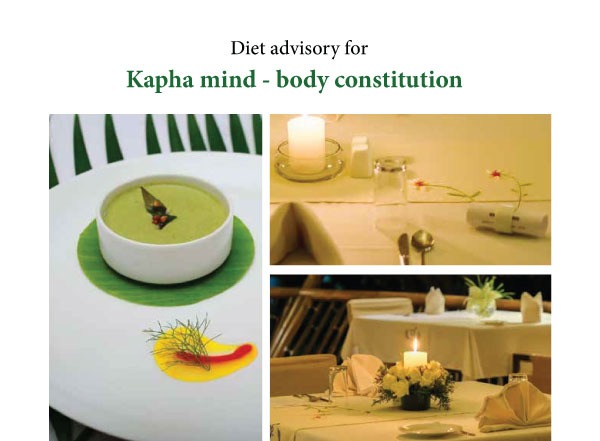
- Should eat cool or warm food and avoid steaming hot dishes.
- Warm light food.
- Eat warm and light food with minimal butter or oil.
- Eat food with pungent, bitter, and astringent tastes.
- Avoid sweets or fatty foods. Excessive fatty food may cause water retention in kapha types.
- Follow a routine when it comes to meals and has light breakfast and Dinner. Lunch should be avoided.
- Consume ginger tea once or twice a day.
- Avoid or restrict the intake of dairy food items.
- Avoid ghee and oils. Consume in minimal proportions.
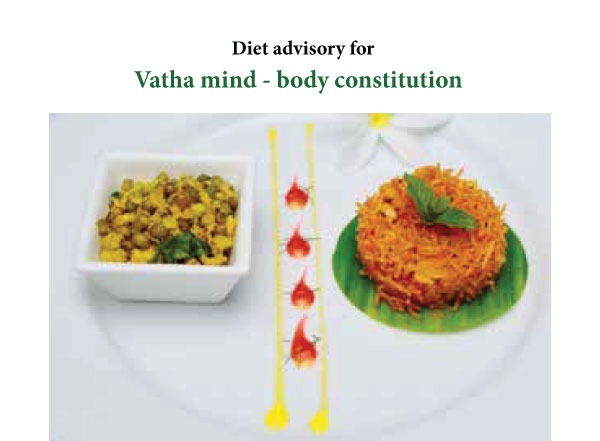
- Should eat cool or warm food and avoid steaming hot dishes.
- Prefer salt, sour, and sweet tastes. Avoid bitter and pungent foods. Since vata is a dry and cold dosha, warm and nourishing foods should be preferred by this type.
- Individuals with this constitution should eat small and frequent meals and never skip breakfast.
- Consume warm milk cream butter, warm soups, stews, hot cereals, freshly baked whole wheat bread and other dishes which are warm, milky, and sweet.
- Avoid cold salads with vinegar-based dressings and raw vegetables.
- Avoid caffeine and have hot herbal teas. Avoid ice-cold drinks.
- Have lots of vegetable soups.
- This type can have oily food. However, avoid excess oil. Preference to be given to clarified butter, olive and sesame oil.
- All milk products are good. Drinking warm milk with honey is recommended.
- Prefer salted nuts that are heavy and oily as opposed to dry salty snacks.
- Eat lots of sweet and heavy fruits and avoid sour and unripe ones.
- All sweets fruits are good for vata.
- Avoid unripe fruits.
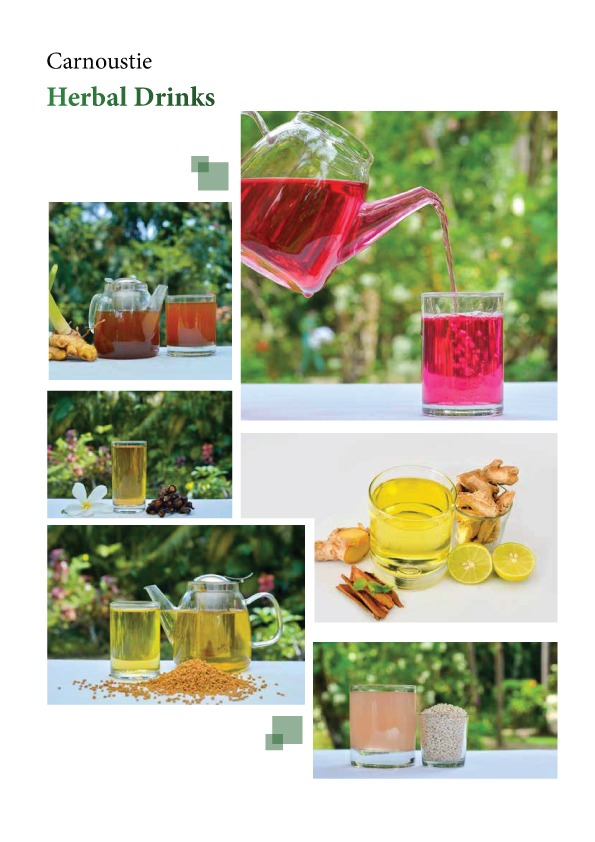
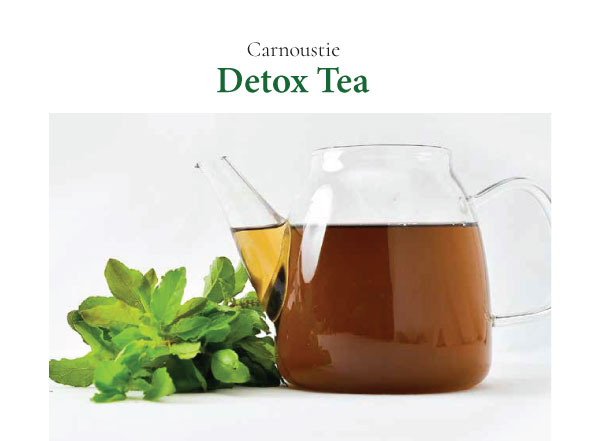
Helpful in arthritis, swelling of body pares and in reducing the extra boy far, cues weakness of stomach ache, diseases of the addomen, constipation, urinary diseases and diabetes, It also cleanses the blood, good for heart and helps in strengthening the body energy.
Ingredients- Black Cumin / Anthelmintica Veronica
- Kutki / Picrorbiza Kurrooa Royle
- Indian Beech / Pongamia Glabra
- Dronapushpi Leucas caphalotus
- Indian bdellium-tree / Commiphora Mukul
- Giloy / Tinospora cordifolia
- Chirata / Swertia Chiraca
- Babool / Acacia Arabica
- Fenugreck / Trigonella Foenum-Graecum Linn
- Madder / Rubia Cordifolia
- Phyllanthus Emblica / Embelia R
- Turmeric / Curcuma Longa
- Haritaki Fruit / Termenalia Chubela
- Babechi / Psoralia Cor
- Bhumi Alma / Phylianthus Niruri
- Coffee Pod / Cassia Tura
- Daruharidra / Berberis Aristata
- Gand babool / Gum Acacia Arabica
- Beleric / Termenalia Belerica
- Shilajit / Asphaltum Puniabiunm
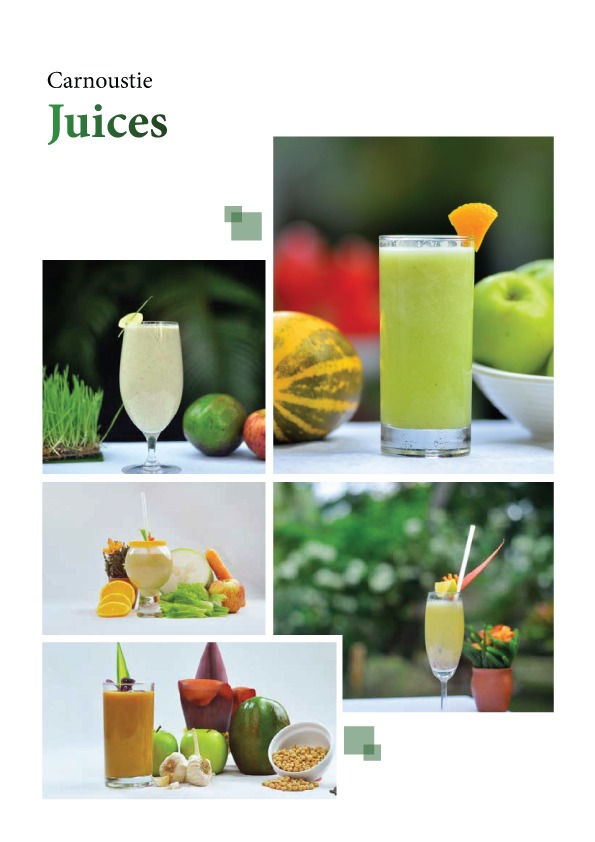
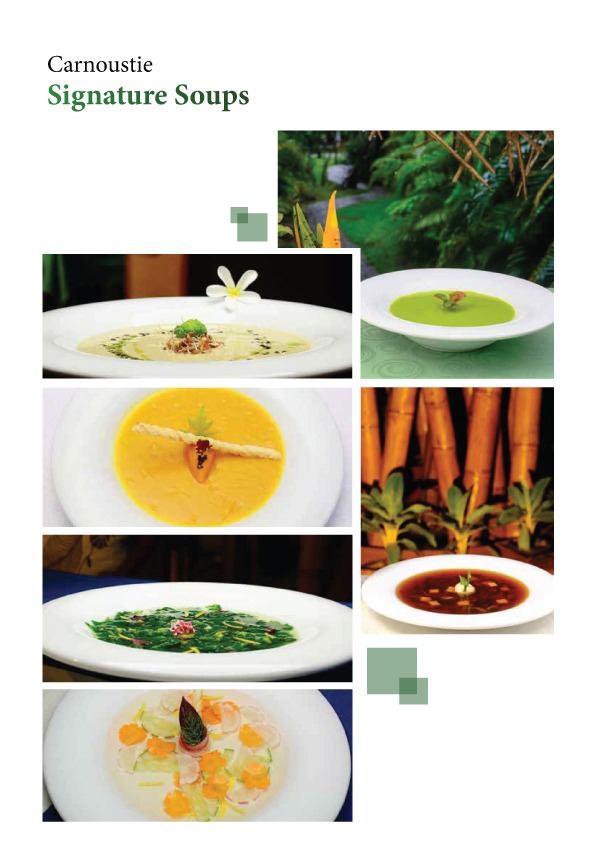


Doctors Wellness Team Dr. Vasanthi
Dr. Mobi Ommen
Dr. Rejina
Dr. Midhu Bhaskar
Dr. Syam S Darsan
Dr. Deepthy S. R
Dr. Shona Antony
Dr. Sreelakshmy G
Yoga Teachers Dr. V. P. Rajasckharan
Dr. Moly K
Gopalakrishna Pillai
Lavakush
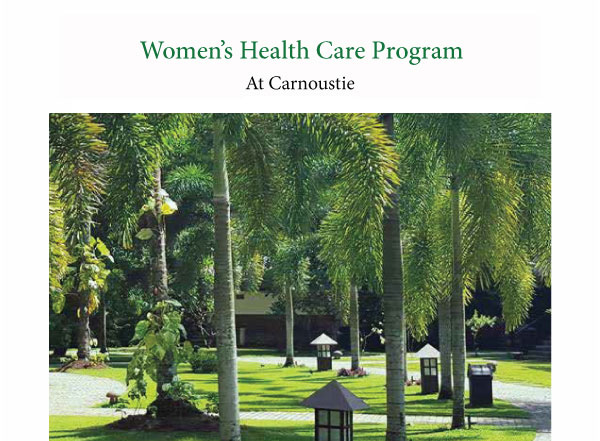
- Airport transfers
- Accommodation in select villa
- Daily Ayurveda treatment (60-90 mins) based on doctor's advise
- Daily 45-60 min Marma treatment/naturopathy treatment/Pranic healing as per doctor's advise
- Daily doctor's consultation
- Free medicines during treatment as per doctor's advise Individual ayurveda diet plan as per the doctor's advice (all meals)
- Daily yoga and meditation.Daily use of detox tea, gut cleansing gel. himalayan tea and white tea
